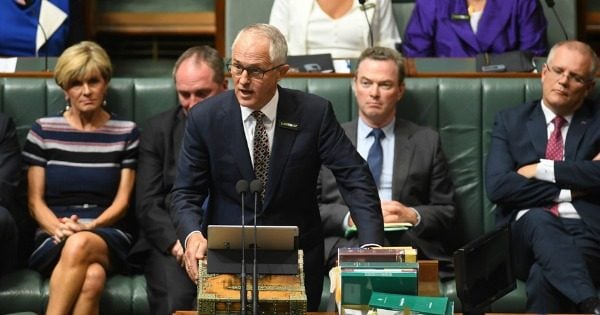By Michelle Grattan, University of Canberra
Australia is falling short in its progress towards almost all its targets for overcoming Indigenous disadvantage, the 2017 Closing the Gap report released by Malcolm Turnbull shows.
“Successes are being achieved, however progress overall nationally is too slow,” the report says.
It presents a mixed picture. While there are some more encouraging longer term trends, the only target that is “on track” to be achieved is the improvement in Indigenous attainment of Year 12 education.
[morestories]
Speaking to the House of Representatives, Turnbull said there must be a rigorous evaluation of programs to determine what was working and what wasn’t.
The government will expand the Productivity Commission to include a new Indigenous Commissioner to lead the commission’s work of policy evaluation. It will also invest A$50 million towards research into policy and its implementation.



Top Comments
$30 billion or $3000 million is given to aboriginals annually, and this divided on an individual basis, makes aboriginals more affluent than most pensioners.
So where is the money being spent, is the first and foremost question which should be asked.
So some positives.
In health I see such waste of closing the gap funds where much of th prescription funding is going to employed and perfectly functional people including doctors themselves when it is meant for those who need it and suffer disadvantage.
It doesn't help anyone building a mentality of entitlement.
Aboriginals are broad group of people and the disadvantage is not the same for everyone and programs should target those who actually need it and free up funds for other health services such as Bariatric surgery for obesity, for scholarships for indigenous students to learn skills to be the next generation of health professionals.
Treating someone as automatically disadvantaged due to their race is kind of cruel and condescending and not at all celebrating achievement and culture.